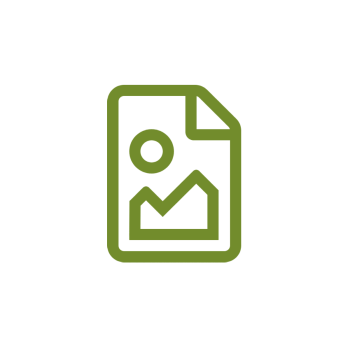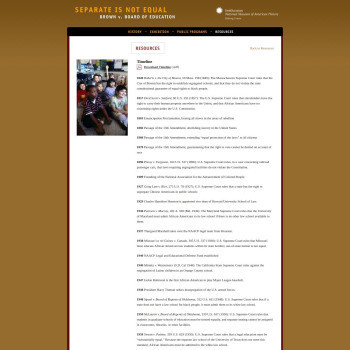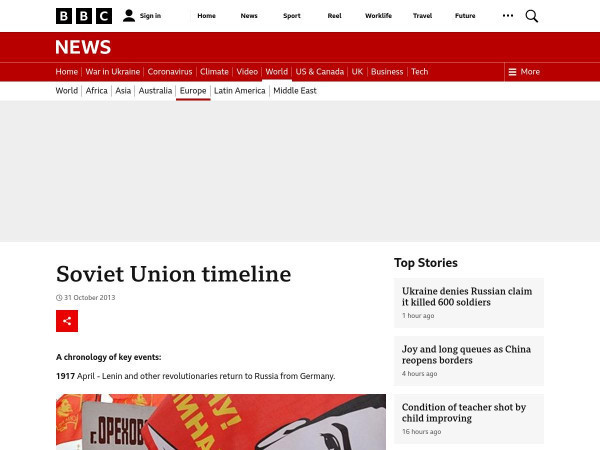ufn44 uln44
Learning Lab Coordinator
Smithsonian Institution
Middle School (13 to 15 years old), High School (16 to 18 years old)
Teacher/Educator
Language Arts And English, Civics, Literature, Cultures, Economics, Social Studies, Geography, Writing, US History, Arts, Other
:
I'm a history-lover, art fan, and bookworm. I taught high school history (U.S. History and World Religions) for ten years in North Carolina, teach currently in Pittsburgh, PA, and am working to help teachers make the most of this new resource!
ufn44 uln44's collections
The Five Pillars of Islam
<p>This collection includes artifacts and images that represent the Five Pillars of Islam. Students should complete the chart (included as the final resource) by first explaining what each pillar is. Then, after looking through the collection, they should identify an artifact that represents each one and explain why.</p><p>Tags: Islam, Muslim, religion, Muhammad, object analysis, practice, pilgrimage, hajj, fasting, Ramadan, Shahadah, zakat, tithe, salat, prayer</p>
 ufn44 uln44
ufn44 uln44
16
The Three Vinegar Tasters and Daoism
<p>This collection includes a brief overview of Daoism, Confucianism, and Buddhism. It focuses on the story of Laozi and his ideas about the Dao and the balance between yin and yang. It includes two short passages from the Dao de Jing, assessment questions throughout, and a final task where students create their own collection about Daoism.</p><p>Tags: Dao, Confucius, Tao, Buddha, Laozi, China, religion, philosophy</p>
 ufn44 uln44
ufn44 uln44
8
From Ancient India to a Studio Near You: Yoga's History
<p>This collection explores yoga's roots in ancient India and how its practice has changed as it has migrated to the West. There are questions embedded throughout the collection, which includes readings, images, links to outside websites, video, and a podcast. </p><p>Essential questions ask:</p><p>What are the roots of the practice of yoga? </p><p>Who claims to have invented it and what were the original goals?</p><p>How did it make its way to the western world and how has it changed through that process?</p><p>Tags: Hindu, Hinduism, India, religion, exercise</p>
 ufn44 uln44
ufn44 uln44
13
Powerful Symbols and Words: Abolitionism & Women's Rights
<p>This collection looks at an image and phrase used widely in abolitionist materials, and at how that symbol was adopted and adapted by Sojourner Truth and/or other women's rights activists. Students will examine an abolitionist medallion and then learn about Sojourner Truth through a short reading, image analysis, and video. They can then review two version's of Sojourner Truth's speech and consider why the second version, as reported by another suffragette, Frances Gage, is markedly different. This collection is designed to be used as a short stand-alone lesson on the topic of the abolition movement and its intersection with the women's movement in the United States.</p><p>Tags: compare and contrast, change over time, "Ain't I a Woman?", abolition, slavery</p>
 ufn44 uln44
ufn44 uln44
4
The Military Draft
<p>This collection can be used for a teaching activity on the military draft in the United States and how it has changed over time from the Civil War to the Vietnam War. Students will consider attitudes towards the draft, its effects, and means of avoiding the draft in different eras. What trends or patterns emerge? What changes? Why is the draft no longer in use?</p><p>Tags: conscription, draft, selective service, Civil War, World War I, World War II, WWI, WWII, WW2, Vietnam War, change over time, continuity and change, exemption</p>
 ufn44 uln44
ufn44 uln44
23
"Women's Work"
<p>This collection explores the conception of "women's work" and challenges users to think about whether such a phrase has meaning. </p><p>Teachers and students can use the collection in a number of ways: grouping or sorting the resources chronologically to explore change over time; writing definitions of "women's work" for different time periods; completing image or text analysis on individual resources; or researching women's contributions in a particular field. </p><p>This is a work-in-progress based on the digitized materials within the Smithsonian Learning Lab's collection--it is not meant to be wholly definitive or authoritative. In fact, this could be a point of discussion: what, or who, do you think is missing from this collection?<br /></p>
 ufn44 uln44
ufn44 uln44
35
Discover the Story: A Miner's Life
This collection includes objects and artifacts representing life in as a miner. Students are challenged to write a creative story or narrative based on the objects in the collection, illustrating life at the time. The last two resources in the collection are a worksheet that teachers may use to frame the assignment and a grading rubric for the assignment.
Tags: Pennsylvania, narrative, Pittsburgh, mining, miner, immigration, coal, worker safety, child labor
 ufn44 uln44
ufn44 uln44
16
Investigating a Place: North Carolina
What defines a place? This teacher's guide uses stamps, photographs, paintings, objects, videos, and music to explore the history and culture of North Carolina. In the classroom, these resources can be used by students to investigate two essential questions: How do you define North Carolina as a place? What does it mean to be from North Carolina?
Further questions include:
How do these objects relate to each other? What objects/people/places are missing that you think are important in defining North Carolina as a place? What sub-themes can you identify within this collection of resources? How do you define North Carolina in terms of its environmental characteristics? What are its unique set of physical and cultural conditions? Has the definition of being from North Carolina changed over time?
Activity Idea:
Ask students to investigate collection in small groups to answer the two essential questions. Use the supporting questions to guide their inquiry into the essential questions - answering these questions will give students a knowledge and evidence base from which to answer the essential questions.
To further the activity, students may choose one resource to investigate in depth and either write an essay or create a collection of their own around it. Students may choose two or more resources to compare in their exploration of how one defines North Carolina.
Ask students individually or in small groups to create a collection in Learning Lab to represent the physical and cultural characteristics of another place. Using these collections, ask students to write summary statements describing the unique human and physical characteristics of places researched. In class discuss student collections and what makes each place unique.
 ufn44 uln44
ufn44 uln44
44
Emmett Till: Confronting a Difficult History
This collection looks at how a tragic incident like the murder of Emmett Till is remembered in American history and national memory, as well as the significance of the decision of Till's mother, Mamie Mobley-Till, to share her son's loss publicly with an open-casket. Her actions created a galvanizing moment for the modern civil rights movement, heightening its significance and influence. The collection includes photographs, art work, and two newspaper articles about modern memorials to Till and other lynching victims.
Teachers might use the following images as the basis for silent discussion (see the Big Paper strategy from Facing History, included on the last resource) prior to a group conversation on the following questions:
-How did this case impact the civil rights movement?
-What were the effects of having an open casket at Till's funeral? How does media continue to impact the civil rights movement?
-How should Emmett Till be remembered and honored? How should his mother be remembered and honored?
-Should national memorials and museums include objects like Till's original casket or the soil from lynching sites? Why or why not?
 ufn44 uln44
ufn44 uln44
7
Women's Suffrage Postcards
This is a topical collection of women's suffrage postcards that could be used to supplement lessons on the women's rights movement and/or gender equality. They are also excellent practice in artifact analysis.
Some questions to consider:
-What do these postcards tell us about the arguments for and against women's suffrage?
-Why are so many of the postcards focused on geography?
-Who do you think each postcard is meant to appeal to?
 ufn44 uln44
ufn44 uln44
21
Six Degrees of Separation: An APUSH Review Activity
Use this collection as a starting point for an AP United States History review activity that emphasizes connections and cause-and-effect. Students will copy the collection and add in four resources that form a chain of connection from one item to another (ending with six resources total). For each resource, they should add an annotation describing each of the events or items included, analyzing any important details in the resources themselves, and explaining how each connects to the next one.
 ufn44 uln44
ufn44 uln44
2
The End of the Cold War
This teaching collection chronicles the events and people associated with the end of the Cold War. Suggested teaching strategies are embedded throughout.
Guiding questions include:
-Who started the "revolutions" of 1989--Gorbachev and his reforms? People in Eastern Europe?
-Evaluate the roles of the United States and the Reagan and Bush administrations, as well as the changes within the Soviet Union, in bringing about the end of the Cold War.
-Why did the Cold War end?
-What were the costs of the Cold War, both human and material?
-What are the legacies/lessons of the Cold War?
-What uncertainties or questions remained as the Cold War came to a close? What would come to characterize the 'New World Order' that followed?
Tags: Wilson Center, Cold War, Reagan, Gorbachev, glasnost, perestroika, revolution, Soviet Union, USSR, Communism
 ufn44 uln44
ufn44 uln44
21











